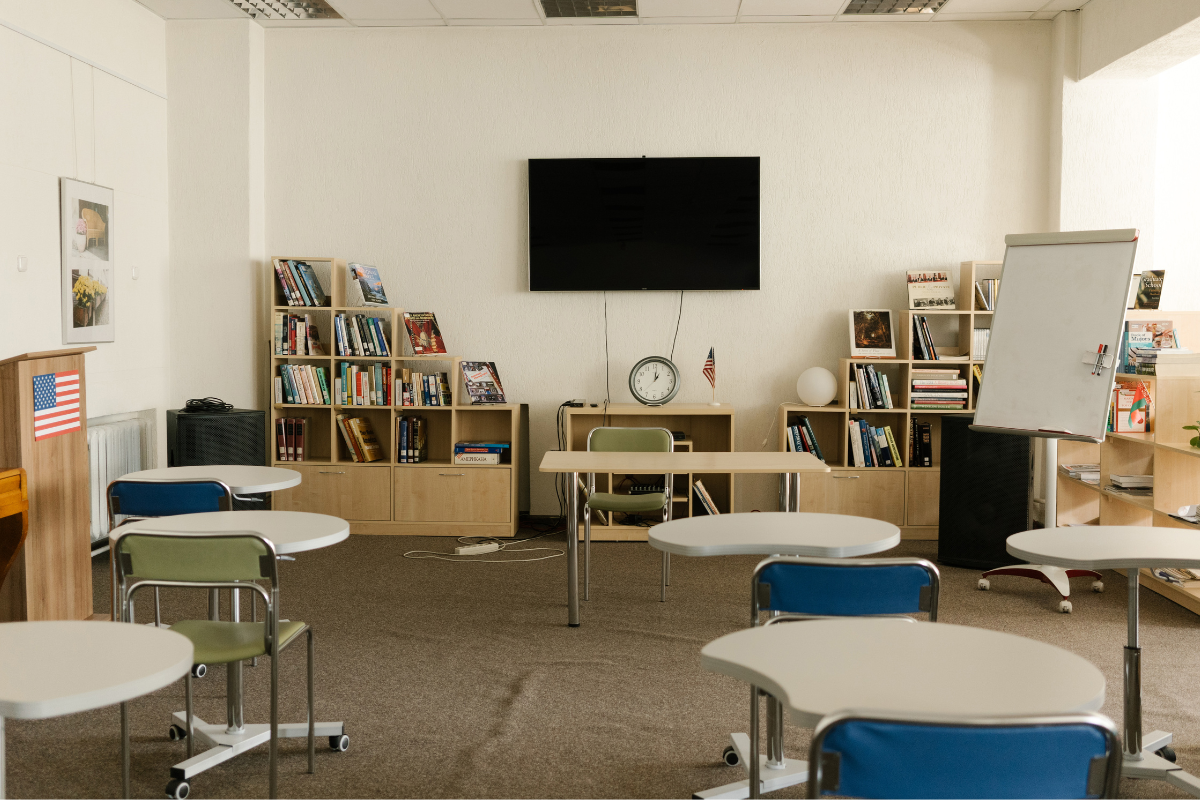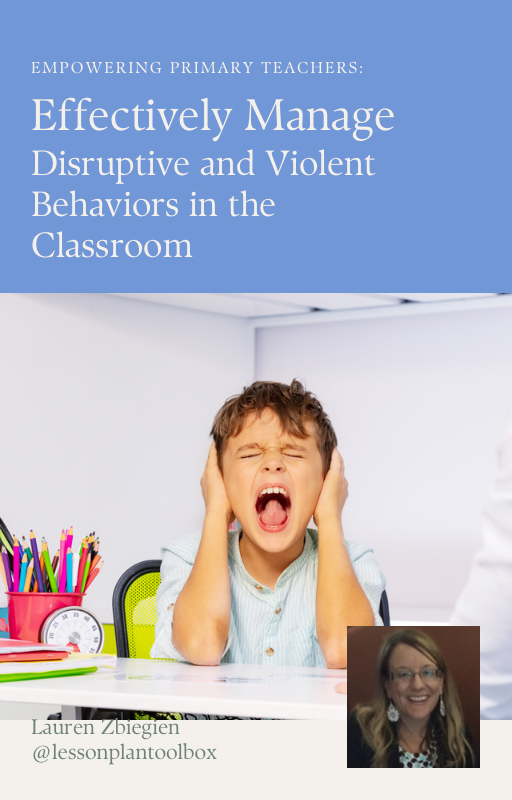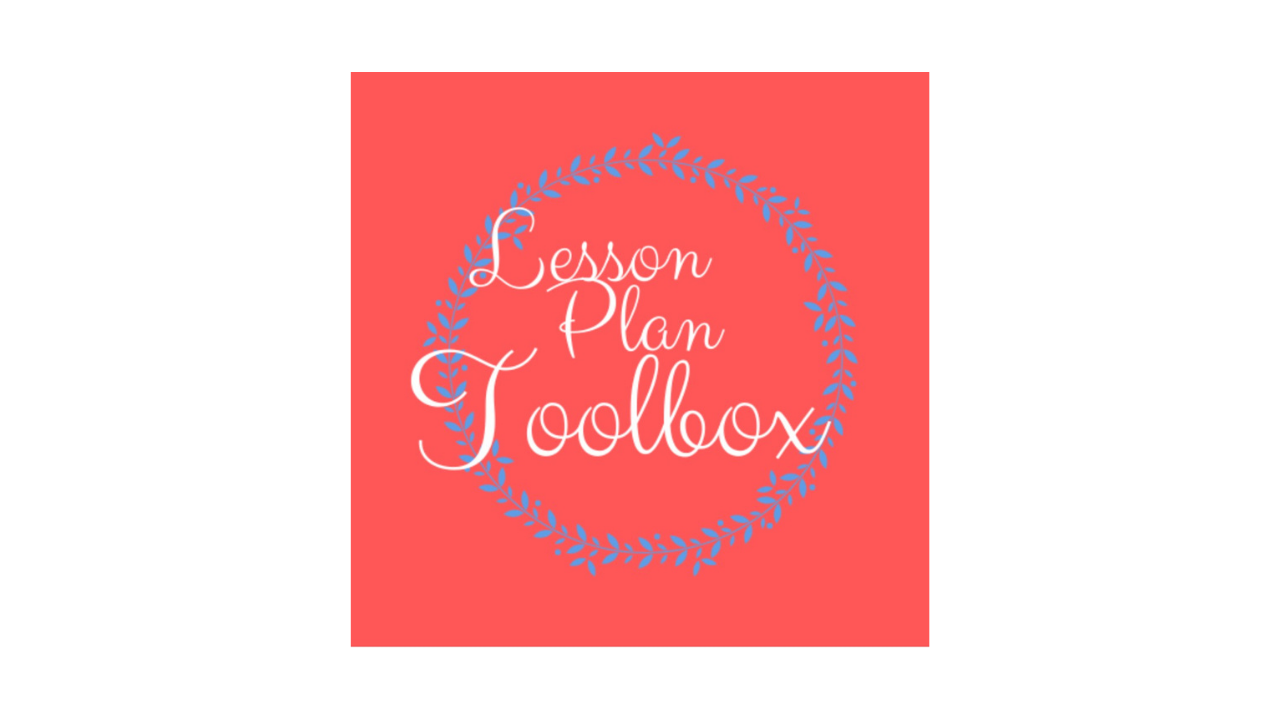
The Hidden Power of Silence: An Essential Skill for Classroom Management
Click here to watch the YOUTUBE version of this post.
Welcome to our yearlong series on Classroom Management by Design for Primary Teachers. Each week we will give you a new piece to the classroom management puzzle to have in place when you need it this school year. Think of it as a Lego kit just waiting to be built.
Classroom Management by Design for Primary Teachers: The Hidden Power of Silence: An Essential Skill for Classroom Management

Introduction:
As primary teachers, we’re often taught that managing a classroom means keeping the energy flowing—engagement, interaction, feedback—but sometimes the most powerful tool we have at our disposal is silence. In an era where children are constantly bombarded with stimuli, teaching them the value of silence is more than just a classroom management technique; it’s a life skill that helps foster focus, self-regulation, and deeper learning. Let’s explore the often-overlooked power of silence and why it’s a crucial skill to teach your primary students.
1. Why Silence Matters in the Classroom
Silence can feel uncomfortable at first, especially in a room full of young, energetic students. But within that silence lies an opportunity—both for you as the teacher and for your students. Here’s why silence is such a powerful tool:
Silence encourages reflection: When students are constantly engaged in verbal activities or group work, they rarely have time to reflect on what they’ve learned. Silence gives them that pause, allowing for deeper processing and retention of information.
It teaches self-control: One of the most important skills primary students can learn is self-regulation. By encouraging moments of silence, you’re helping them practice restraint and self-discipline.
Creates mental space: Young minds are often overstimulated by noise—both internal and external. Silence allows students to reset, clearing their mental space so they can be more focused when learning resumes.
Enhances listening skills: When we teach students to respect silence, we also teach them to listen more carefully. When they aren’t waiting for their turn to talk, they can fully engage with what’s being said, deepening their understanding.
2. Lesser-Known Benefits of Silence
We all know silence can calm a chaotic classroom, but the benefits go much deeper. Let’s uncover some lesser-known secrets about why silence is such an important skill for young learners:
a) Silence Boosts Creativity
Research has shown that periods of silence activate the brain’s default mode network, the area of the brain linked to daydreaming, creativity, and problem-solving. When students aren’t talking or actively engaging in tasks, their brains are still working—just differently. This is where creativity flourishes.
Instead of seeing silence as a lack of productivity, think of it as the “creative pause.” For instance, after introducing a new concept, give your students a few moments of silence to process what they’ve learned. You might be surprised by the insightful questions or creative ideas that arise when students are given space to think quietly.
b) It Encourages Emotional Regulation
Primary students are still learning how to identify and manage their emotions. Teaching them the value of silence can help them develop emotional regulation skills. When a student is upset or overwhelmed, silence provides a safe space for them to calm down, think through their feelings, and regain control before reacting.
Create a “silence zone” in your classroom—a quiet corner where students can go when they feel overwhelmed. This teaches them that silence can be a tool for self-soothing and reflection, helping them to develop healthier emotional responses over time.
c) Silence Fosters a Sense of Community
There’s something uniquely powerful about shared silence. When a class observes a moment of silence together—whether for reflection, after a lesson, or even as part of a mindfulness exercise—it can create a sense of unity. This shared experience bonds students in a non-verbal, collective moment, strengthening classroom dynamics.
Encourage a classroom culture where silence is seen not as punishment, but as a shared practice that brings the group together. Start with small increments—perhaps a minute or two of quiet reflection—and gradually build longer periods as students become more comfortable with silence.

3. Silence as a Classroom Management Tool
Silence is a powerful classroom management strategy, but it’s not just about quieting the room—it’s about teaching students how to manage themselves. Here’s how silence can transform your classroom management:
a) Reset the Classroom Environment
When the class energy is too high or chaotic, use silence to reset the environment. Instead of raising your voice to regain control, simply stand still and use a non-verbal cue like raising your hand. Wait for the silence to spread naturally.
b) Teach the “Golden Rule of Silence”
Introduce the concept of the “Golden Rule of Silence”: when someone is speaking, we give them the respect of listening without interruption. Model this behavior yourself by maintaining silence when a student is sharing or asking a question. Over time, students will internalize this rule, understanding that silence is a form of respect.
c) Quiet Transitions
Transition times can often be noisy and chaotic. Use silence to guide students through transitions smoothly. For example, before moving from one activity to another, you might say, “We’re going to take 30 seconds of silence to clear our minds and get ready for the next task.” This not only calms the class but also helps students refocus their attention.
4. Using Silence to Build Deeper Connections
Silence isn’t just about control—it’s also a tool for building deeper connections between you and your students. In those quiet moments, students learn to reflect, observe, and listen to what’s happening inside themselves. They begin to understand that their voice, while important, isn’t the only thing that matters—so is the voice of others, and sometimes, the absence of sound itself.
a) Silence as a Reflection of Respect
When you create a classroom environment where silence is valued, you show students that every voice, every thought, matters. Silence allows everyone to think before they speak, encouraging more thoughtful contributions and respectful interactions.

5. The Science Behind the Silence
It’s always nice to understand the scientific research on any topic and this case the power of silence. Here are some statistics from various studies to reiterate the importance of helping our students become comfortable with silence in their lives.
One study from John Hopkins University found that mindfulness programs can reduce anxiety, depression, and pain by upwards of 30%. WOW!
A Harvard Medical School study showed participants who meditated for 20 minutes a day for just four days experienced improved performance on memory tests and their attention spans. YES!
Another study by Psychiatric Research reported a 50% reduction in depression relapse rates among patients who practiced mindfulness silence.
Research conducted at Harvard found that long-term meditation can increase the density of gray matter in the brain, particularly in areas associated with memory, learning, and emotional regulation. Eight weeks of meditation were shown to increase gray matter in the hippocampus, the part of the brain involved in learning and memory by up to 16%.

There are studies that show a massive improvement in sleep quality of upwards of about 42% improvement.
Other studies show that mindfulness and meditation can activate brain regions with pain control. A 2016 study published by the Journal of Neuroscience found that mindfulness meditations can reduce pain intensity by 27% and emotional pain by 44%. This outperforms morphine in certain areas which shows the power of our mind.
Research from the University of Wisconsin found that participants engaged in an eight week mindfulness program had higher levels of antibodies. Mindfulness meditations have been linked to an increase of 30% in people’s immune system.
Finally, a study published by Circulation found that trascendental mindfulness meditations had a 48% reduction in risk for heart attack, stroke, and death compared to a control group receiving regular health care education.
If this doesn’t show you the importance of silence and calming the mind, I would say do some of your own research because there is a TON of evidence out there.

Conclusion: Silence as a Superpower
Silence is often misunderstood as the absence of sound, but in the primary classroom, silence is a tool for growth, creativity, self-regulation, and connection. By incorporating silence into your teaching, you provide students with the space to reflect, process, and become more mindful of their actions and words.
When silence becomes part of your classroom culture, you’re not just managing behavior—you’re teaching your students a skill they can carry with them through life. In a world filled with constant noise, the ability to sit comfortably in silence is not only rare but incredibly powerful.
SHOCK-TOBER!
If classroom management has you a going a little bonkers or even worse is stressing you out to the MAX, then we would LOVE to invite to the
MASTERING CLASSROOM MANAGEMENT for the Primary Teacher Membership for FREE the ENTIRE month of OCTOBER!
You will have the chance to ask all of your classroom management questions and receive real time feedback on how to implement strategies in the classroom.
Primary teachers have our hearts and we can't wait to see you inside the membership!
DID YOU KNOW…
Did you know I organize a FREE Facebook Group for Mastering Classroom Management? We are gearing up for our school year quarter sessions, so if you’re looking for a simple way to improve your classroom management join the already 200+ teachers that have signed up: Mastering Classroom Management Facebook Group
Your ebook GIFT: Empowering Primary Teachers: Effectively Manage Disruptive and Violent Behaviors in the Classroom

FINALLY…
If you enjoyed the tips in this post, you might also enjoy this series of videos Classroom Management by Design for Primary Teachers:
The Power of Your Words in the Classroom
Mastering Conflict Resolution in the Primary Classroom
Silencing the Chaos: How to Quiet a Classroom Full of Disruptions and Rudeness
Diffusing Extreme Behaviors in the Primary Classroom
Avoiding Common Classroom Management Mistakes
Don’t forget to follow us over on Instagram!
Teach~Relax~Repeat
Lauren

